Understanding Cooling Tanks in Dairy Processing
The dairy industry relies on specialized equipment to maintain the quality and safety of its products. A cooling tank, also known as a bulk milk cooler, stands as a critical component in this process. This vessel is designed for the rapid cooling and storage of milk at temperatures that inhibit bacterial growth and preserve freshness.
Types and Applications of Cooling Tanks
Cooling tanks come in various capacities and designs, catering to operations of different scales. From direct expansion tanks to ice bank coolers, each type serves the purpose of cooling but with distinct mechanisms and efficiency levels. These tanks are not only pivotal for milk but also for other dairy products such as yogurt and cheese, where controlled temperature is key to product quality.
Features and Materials of Cooling Tanks
A dairy cooling tank is typically constructed from stainless steel, offering durability and ease of cleaning. Advanced insulation materials are employed to retain the cold, while agitators ensure uniform temperature distribution. Digital thermostats and automatic cleaning systems are integrated into modern designs, enhancing the functionality and reliability of these essential dairy farm apparatuses.
Advantages of Utilizing an Efficient Cooling Tank
The use of an efficient milk cooling tank is instrumental in a dairy farm's operation. It directly impacts the milk's quality, extending its shelf life and keeping it safe for consumption. Furthermore, efficient cooling plays a role in optimizing the production process, potentially reducing energy costs and contributing to a more sustainable operation.
Selection Criteria for Cooling Tanks
When selecting a bulk milk cooler, factors such as capacity, cooling speed, energy efficiency, and compatibility with existing dairy farm systems should be considered. The choice of a cooling tank must align with the specific needs of the dairy processing activity, ensuring that it can handle the volume and demands of the operation.
Maintaining Your Cooling Tank
Maintenance is crucial for the performance and longevity of a cooling tank. Regular cleaning and servicing prevent the buildup of bacteria and ensure the machine operates at peak efficiency. While the responsibility of maintenance lies with the operator, the design of the tank can facilitate easier and more effective cleaning routines.
Incorporating a cooling tank into your dairy processing setup is a decision that can influence product quality, operational efficiency, and economic viability. As the dairy industry continues to evolve, having reliable and effective equipment is essential to meet the demands of milk and cheese production.
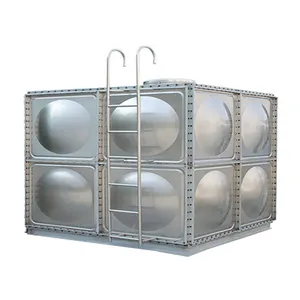




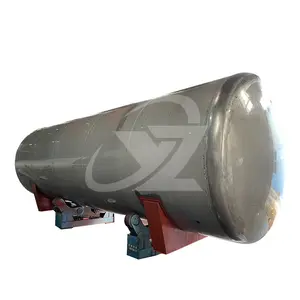






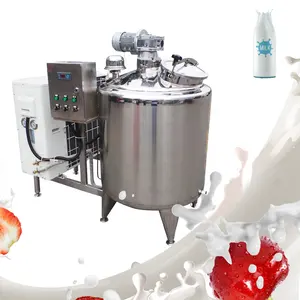
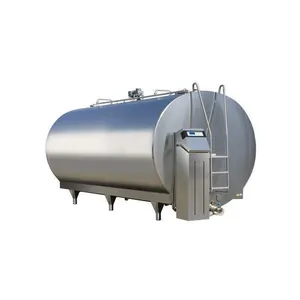





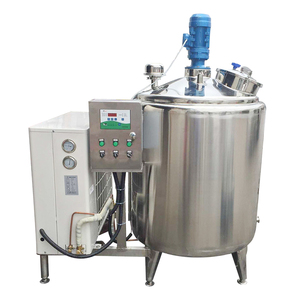
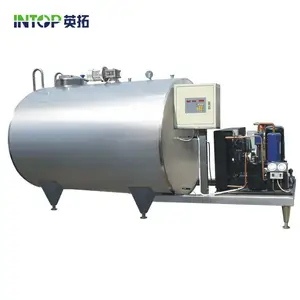
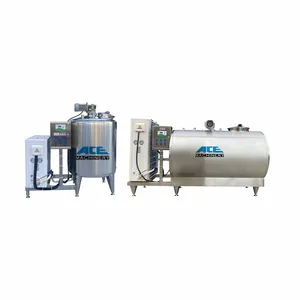
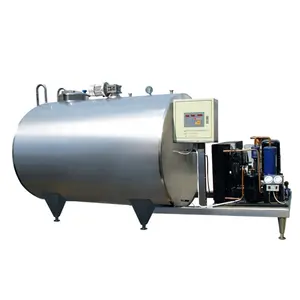


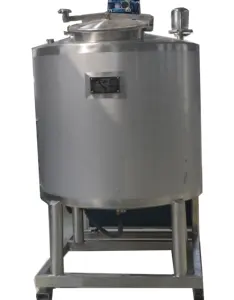




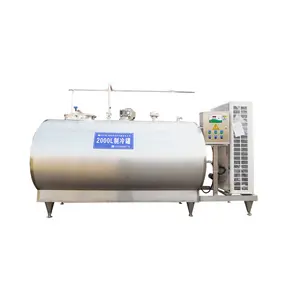





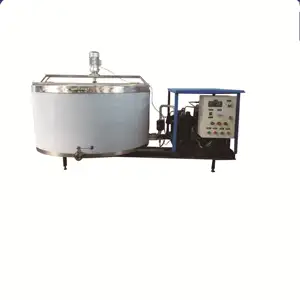










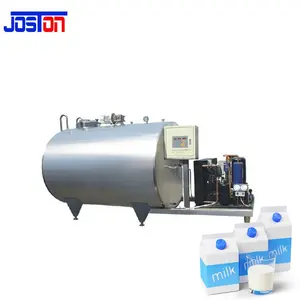

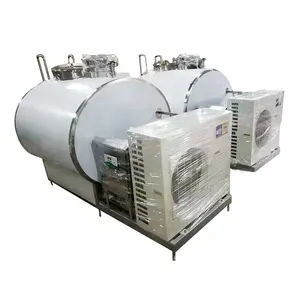



























 浙公网安备 33010002000092号
浙公网安备 33010002000092号 浙B2-20120091-4
浙B2-20120091-4